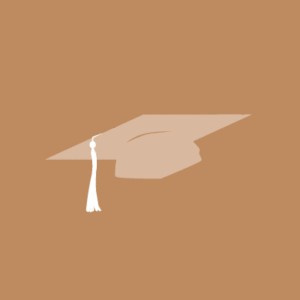Earlier this month, JerseyCAN attended the Schools That Can Forum in Newark.
STC Newark focuses on bringing real-world learning into the classroom in order to better prepare students for careers. They collaborate with district, charter and independent K-12 schools to enhance CTE programs, offer externship and career readiness experiences to students and host an annual Design Day, among many other activities.
The theme of the two-day conference was “Advancing Culturally Relevant Real-World Learning”, and speakers emphasized collaborating with communities in order to respond to the needs and realities of students’ everyday lives. We then broke out into sessions on a number of topics, including project-based learning, community collaborations, successful computer science initiatives and more.
In many ways, the themes of the day tied into, or expanded upon, many of the lessons we learned at our Age of Agility Summit earlier this year. Once again, the ideas of flexibility, enthusiasm and collaboration came up again and again.
Here are our top three takeaways from the event:
Students respond to challenges and high expectations. On the second day of the conference, we were able to tour two Newark high schools: Saint Benedict’s Prep and Bard High School Early College. Although very different institutions, the students were equally engaged and impressive at both. The Saint Benedict’s students discussed the numerous leadership roles and responsibilities they take on in the running of the school, and the Bard students discussed their college acceptances and how the school had helped them along the way by nurturing their interests. Although specific experiences varied, the common theme was that the students appreciated the rigor and intensity of their experience because it helped them realize what they were capable of.
Our education system absolutely must be responsive to students’ needs and aware of barriers they face pursuing their education. But it is possible to provide supports and guidance while also maintaining high expectations. Our students prove time and time again that they can, and want to, rise to meet them.
We have to start thinking beyond technology. We heard from a number of interesting organizations during the breakout sessions – from the Transforming Learning Collaborative to City Lab High School in Dallas to Prudential Financial in Newark. Although their specific work differs, it all illustrates one essential point – innovation and real-world learning are not all about technology (although that remains important). Presenters noted that:
You don’t need expensive technology to encourage student to build and explore. You can do it with paper, boxes and other materials.
“Computational thinking” can (and should!) be practiced in the humanities, because it’s logical, step-by-step thinking that seeks to learn from past errors and strives to make things better.
It’s possible to use cities and communities as classrooms, directing students to use their problem-solving abilities on issues that impact them and their neighbors.
Educators and leaders should remember that this type of learning is not new, and can be applied in a number of ways, depending on student and community needs and contexts. Technology is a piece of the puzzle, not the whole thing.
Traditional and innovative models must inform and learn from one another. Real-world and project-based learning models can come up against some challenges in traditional education systems, which can sometimes make students, parents, leaders and advocates hesitant about them. This type of learning encourages – even requires – failure, sometimes multiple failures in a row. This is great for student growth, but can be difficult in a system that relies on data from grades and assessments that can punish failure. We need a system that both encourages experimentation and failure and provides meaningful feedback for students, educators and school leaders. What would such a system look like?
Standards and assessments pose another challenge. How is real-world learning measured? Industry standards? Performance at a job/internship/work placement? How can we best integrate these standards into national, state, district and school academic learning standards? How might they best inform one another?
These questions are complex, and will require continued discussion and collaboration between the education system, the business community and other neighborhood and community institutions.
Overall, we are grateful for the important work happening at Schools That Can, and are eager to continue these important discussions on how to prepare students for the future!

